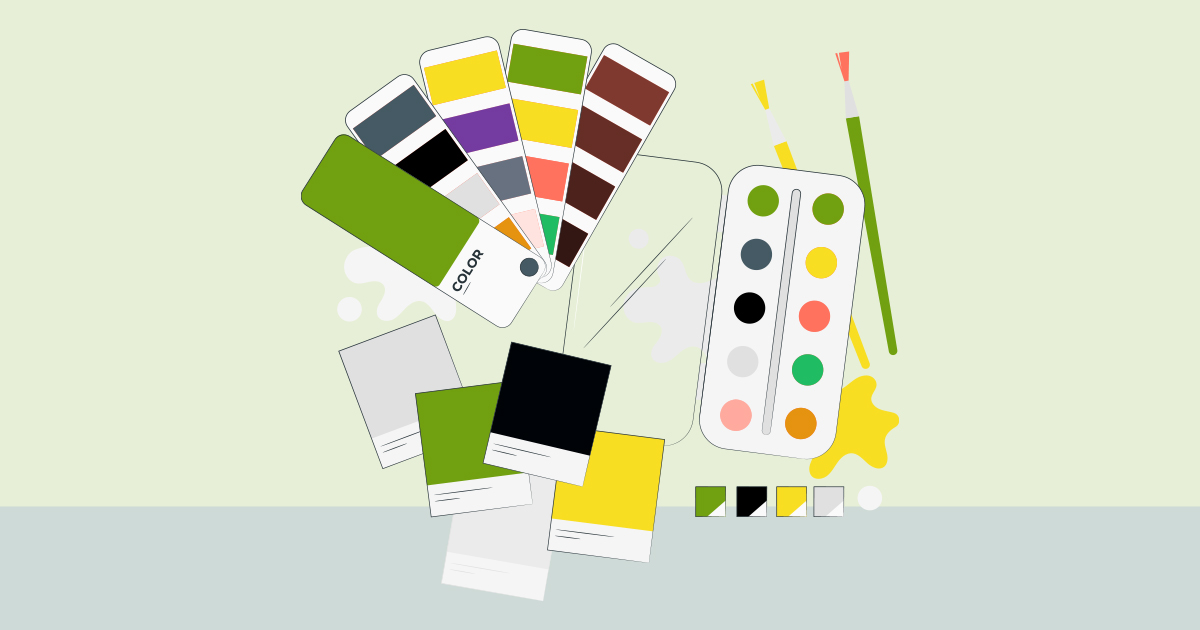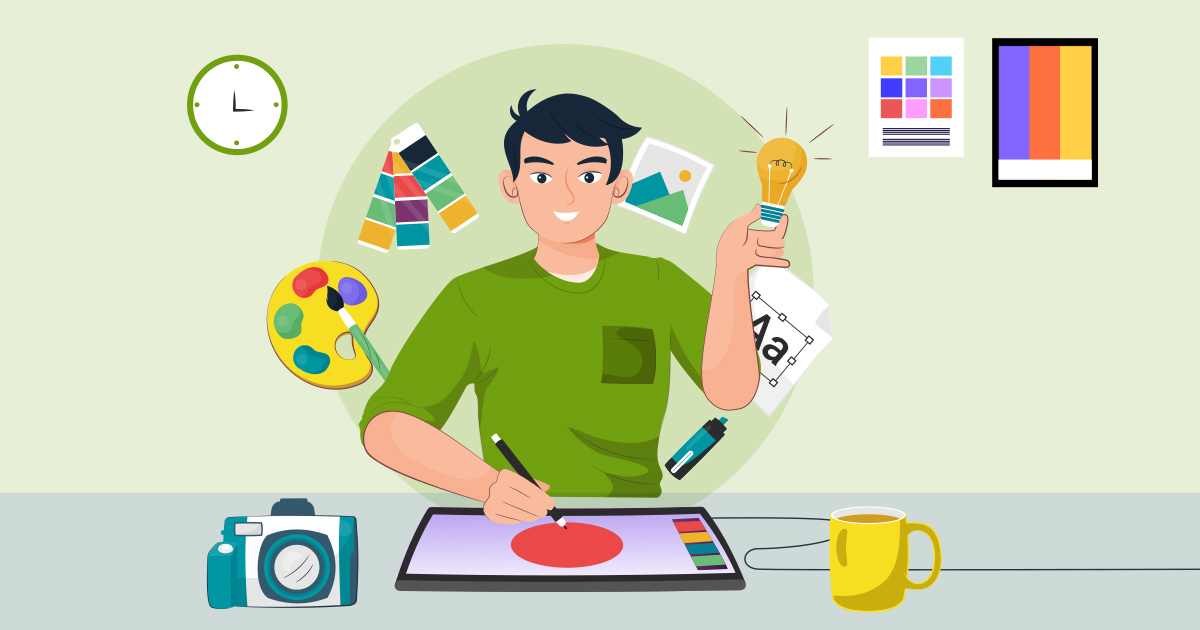What is composition?
Composition is the pleasant arrangement of elements within a frame which give the most powerful ability to attract the eye and to keep it exploring within the frame for as long as possible. The term composition means ‘putting together,’ and can apply to any work of art (music, Photography, sculpture, decoration, architecture, painting, design, literature etc.) that is arranged or put together using conscious thought. In visual arts, composition is often used with various terms such as design, form, visual ordering, structure, depending on the context. In graphic design, composition is commonly referred to as page layout.
Edward Weston said: “Composition is the strongest way of seeing.” Composition needs to organize the stuff within your image so it makes sense to every viewer. It is all about underlying a strong structure of an image to appeal on the most elemental level to our subconscious mind. This is what generates the “Wow!” factor which catches our attention. We do by making sure that the biggest, broadest elements are arranged properly and by keeping everything as simple and direct as possible. The more we include, the weaker the image becomes. The less we include, the stronger it becomes.
Principles of organization:
The artist determines what the center of interest (focus in photography) of the art work will be, and composes the elements accordingly. The gaze of the viewer will then tend to linger over these points of interest, elements arranged with consideration of several factors (known as the principles of organization) Some principles of organization affect the composition:
- Shape and proportion
- Positioning/Orientation/Balance/Harmony among the elements
- The area within the field of view used for the picture (“cropping”)
- The path followed by the viewer’s eye when they observe the image.
- Negative space
- Color
- Contrast: Value or degree of lightness and darkness, used within the Picture.
- Geometry: for example, use of the golden mean
- Lines
- Rhythm
- Illumination or lighting
- Repetition of objects
- Perspective
- Breaking the rules can create tension or unease, yet can it add interest to the picture if used carefully
Compositional Techniques:
There are numerous approaches or “compositional techniques” to achieve a sense of unity within an artwork, depending on the goals of the artist. For example, a work of art is said to be aesthetically pleasing to the eye if the elements within the work are arranged in a balanced compositional way. Conventional composition can be achieved by utilizing a number of techniques:
The Rule of Thirds:
The rule of thirds states that an image is more pleasing when its subjects or regions are composed along imaginary lines which divide the image into thirds- both vertically and horizontally. But it works surprisingly well. It creates a sense of balance without making the image appear static and a sense of complexity without making the image look too busy.
The Rule of Odds:
The rule of odds states that by framing the object of interest with an even number of surrounding objects. It becomes more comforting to the eye thus creates a feeling of ease and pleasure. It suggests an odd number of subjects in an image are more interesting than an even number. An even number of subjects produces symmetries in the image, which can appear less natural for a naturalistic, informal composition.
Rule of Space:
The rule of space applies to artwork (photography, advertising, illustration) in which the artist wants to apply the illusion of movement, in the mind of viewer. This can be achieved by leaving space in the direction – the eyes of a portrayed person are looking. When picturing a runner, adding white space in front of him rather than behind him to indicate movement.
Simplification:
Images with clutter can distract from the main elements within the picture and make it difficult to identify the subject. By decreasing the extraneous content, the viewer is more likely to focus on the primary objects. Clutter can also be reduced through the use of light, as the brighter areas of the image tend to draw the eye, as do lines, squares and color.
Limiting focus:
Limiting focus is the technique in which everything in the surroundings around the main subject matter is kept out of focus or blur
Geometry and symmetry:
In some compositions, triangles are an aesthetically pleasing implied shape within an image. In a canonically attractive face, the mouth and eyes fall within the corners of the area of an equilateral triangle. Paul Cézanne successfully used triangles in his compositions of still lives.
Other techniques:
- There should be a center of interest or focus in the work, to prevent it becoming a pattern in itself.
- The direction followed by the viewer’s eye should lead the viewer’s gaze around all elements in the work before leading out of the picture.
- The subject should not be facing out of the image.
- A moving subject should have space in front.
- Exact bisections of the picture space should be avoided;
- Small, high contrast, elements have as much impact as larger, duller elements;
- The prominent subject should be off-center, unless a symmetrical or formal composition is desired, and can be balanced by smaller satellite elements
- The horizon line should not divide the art work in two equal parts but be positioned to emphasize either the sky or ground; showing more sky if painting is of clouds, sun rise/set, and more ground if a landscape.
Color:
Color is the visual perceptual property corresponding in humans to the categories called red, blue, yellow, green and others. The derives in colour from the spectrum of light interacting in the eye with the spectral sensitivities of the light receptors.
Role of Colors in Composition:
It is one of the most obvious elements of composition. The Role of Colors in composition is of vital importance since colors signify a lot, from symbolizing emotions, events, moods, warnings etc. Everyone knows that intense colors make people take notice of your images. Have you ever wondered why there are so many sunset and flower shots? Color is the reason. Color has a couple of functions. It grabs the attention of the viewer and sets the mood of a composition. Color is such an important compositional ingredient that the experienced photographers try to use color to its fullest extent.
Grabbing the Viewer’s Attention:
Utilizing color to grab attention is often straight forward. Generally, what is required is a saturated or intense color. This type of color tends to grab the viewer’s attention and focus it on the area of color for an extended period of time. When the viewer’s eyes do wander, the color tends to bring the attention back. There are a couple of primary ways to use color to grab a viewer’s attention. The first way is to use very saturated, bold colors. An example of this approach would be a dramatic sunset. The second way is to use a mixture of contrasting colors. An example of this approach would be an image of fall colors where there is a combination of red, orange, and yellow leaves.
Mood:
Setting the mood of composition through colors is a little difficult than the application of color to grab the attention. However, that does not mean that it is any less powerful. Different colors elicit different moods and evoke different feelings.
Blue:
Blue compositions tend to bring forth the feelings of calmness and coldness. This is a reflection of how we perceive the color in nature; the deep calm ocean is blue, peaceful cloudless skies are blue, and large amounts of ice have a blue tint. Therefore, an artist that wishes to create a feeling of calm in an image should include blue objects in the image such as a peaceful blue stream or a blue lake.
Green:
Green compositions often communicate a feeling of lushness and freshness. Our feelings about this color are tied up with how we frequently experience that color in nature. We tend to associate green with spring and new growth. Green is frequently used in landscapes. Green meadows, plants, and fields can be used to convey the mood of a flourishing scene
We evaluate yellow and orange as warm tones. They are associated with feelings of warmth, passion, energy, and comfort, reflecting how we experience these colors in nature.
Red:
Red is a powerful color. It is used to show love, but is also used to signify danger. It shows vibrancy. Brides in India wear red. Most food jaunts have an element of red in them and so do the national flags of most of the countries.
Brown, Beige, Ivory:
Colors such as brown, beige, ivory are neutral in nature. They have a more earthy feel and do not cause under or over-stimulation of vision.
White:
White signifies peace, but people grieving death of loved ones also wears white, and hence it is the color of grief too. It also signifies purity and calmness.
Black:
Black signifies darkness and negativity, but is worn at weddings and at funerals. Shooting men in black are not visually pleasing but still we associate this color with fashion and elegance.
Summary:
Color gives life to composition. It does not matter if it is black and white or of any other color, what is important is the range of colors and their placement within the composition. It has tremendous emotional impacts that greatly influence it. The tones present should determine the composition. For instance, if the subject has a middle tone and there is a large light tone in the picture, the viewer’s attention will be drawn to the light tone instead of the subject. What you should always keep in mind is the tones of colors that help and support your subject from distraction.
Few points to remember while using colors in a composition:
- If the composition is light in tone, then your attention will go to the largest and darkest tone, first.
- If there are no light or dark tones, but only middle tones then your attention will go to the most vivid color present.
- If there are numerous, equally sized light tones throughout the entire picture, this can be either very effective as in a pattern or it can be very distracting if these tones are completely different subjects – your picture will look just cluttered.
- If there are only two large light tones, your placement of them in relation to one another is extremely important. If they are close to each other in proximity, then the viewer’s attention will stay there.Color alone doesn’t make a good composition, but it can easily ruin one. Used deliberately, it can help you to create a better and interesting composition. Use colors sensibly to achieve your desired effect in the artwork. It will work best if you approach it intuitively, just by using color in a way that simply feels right to you.











